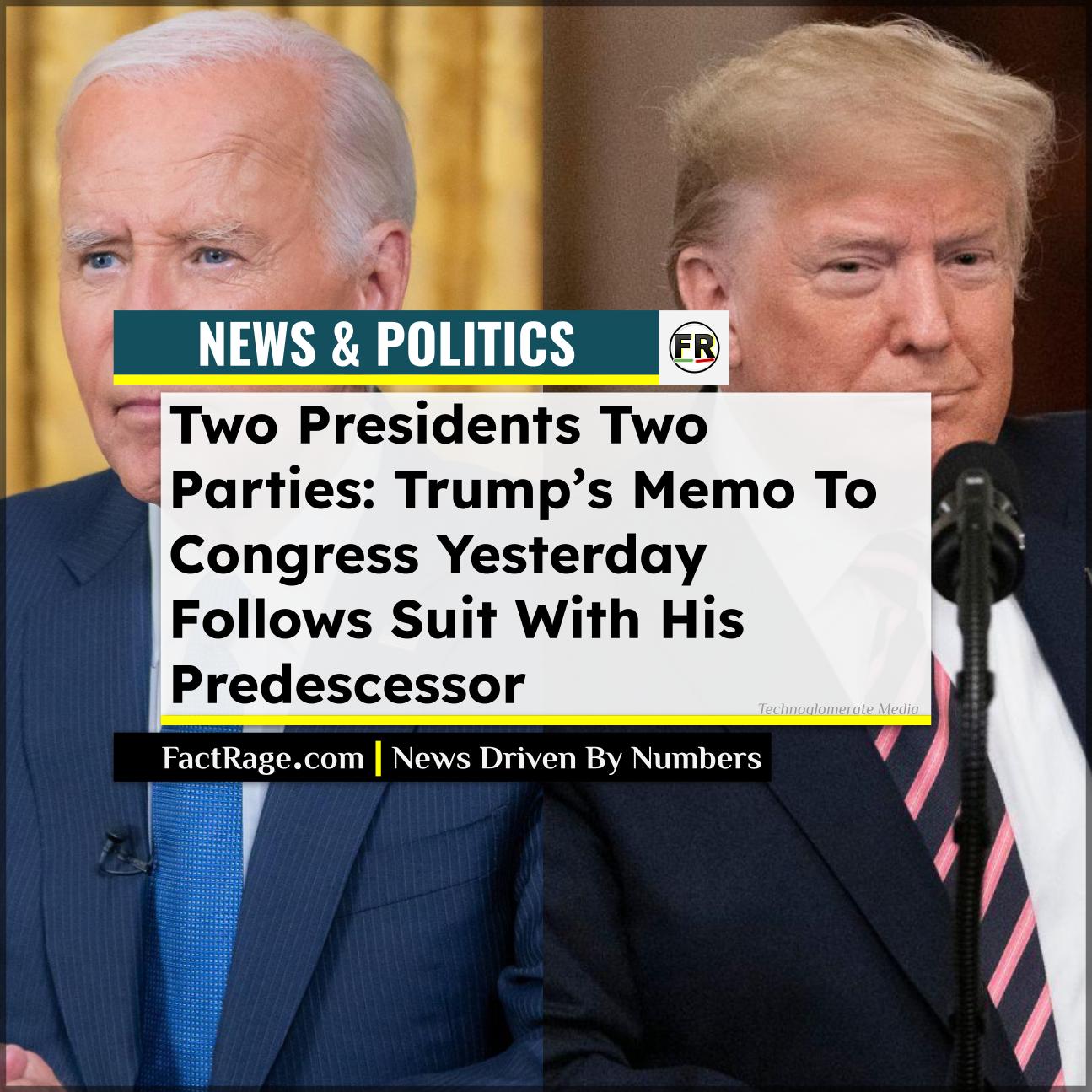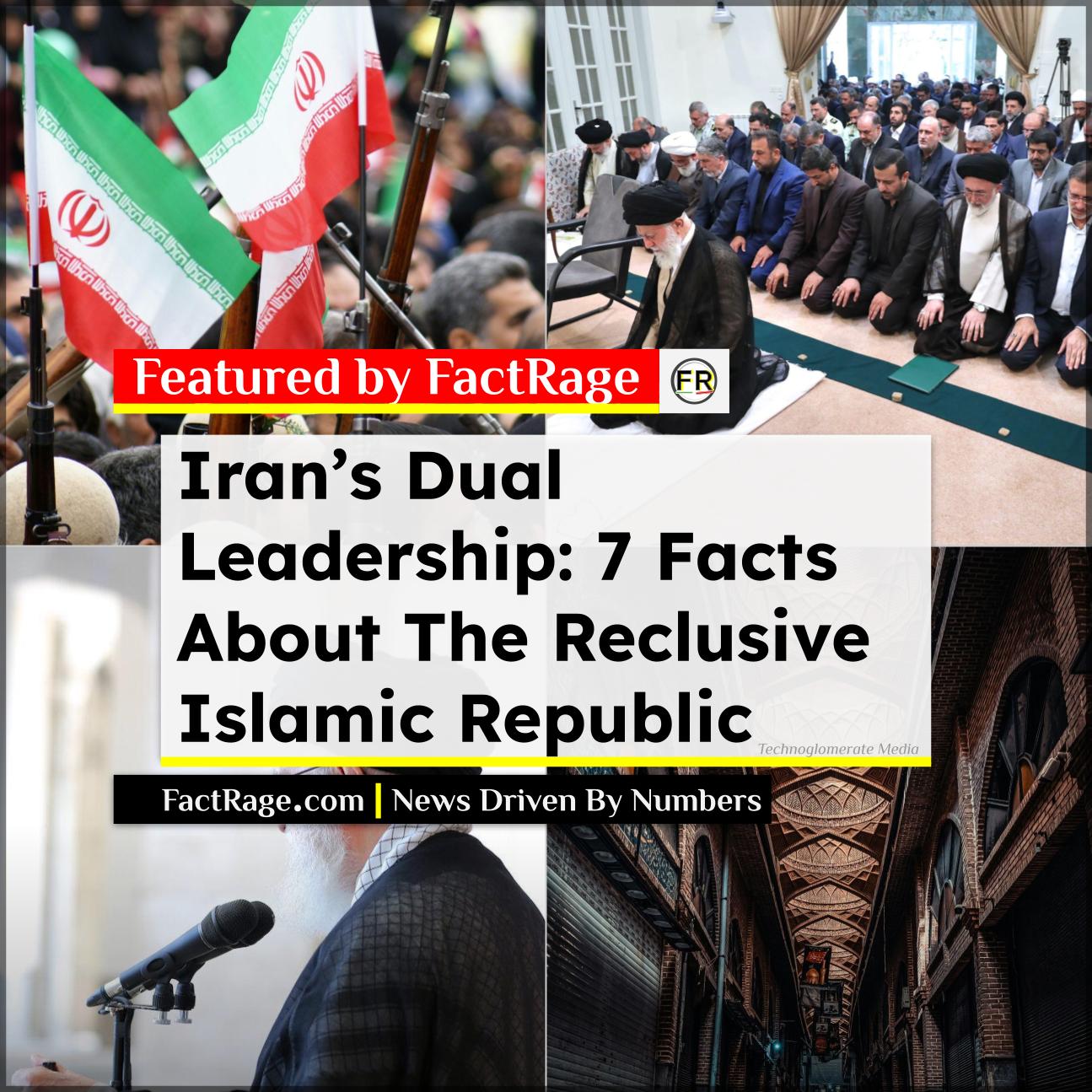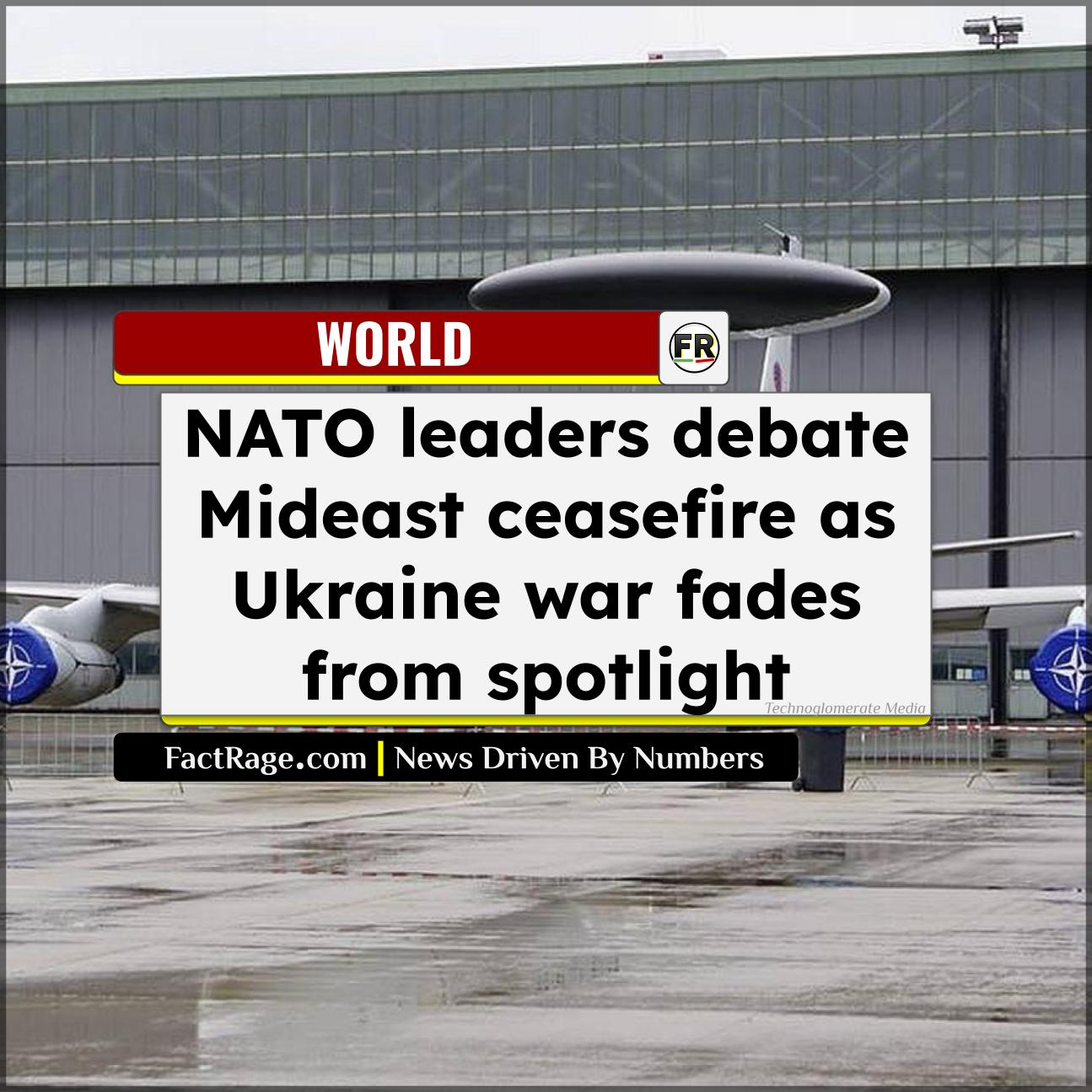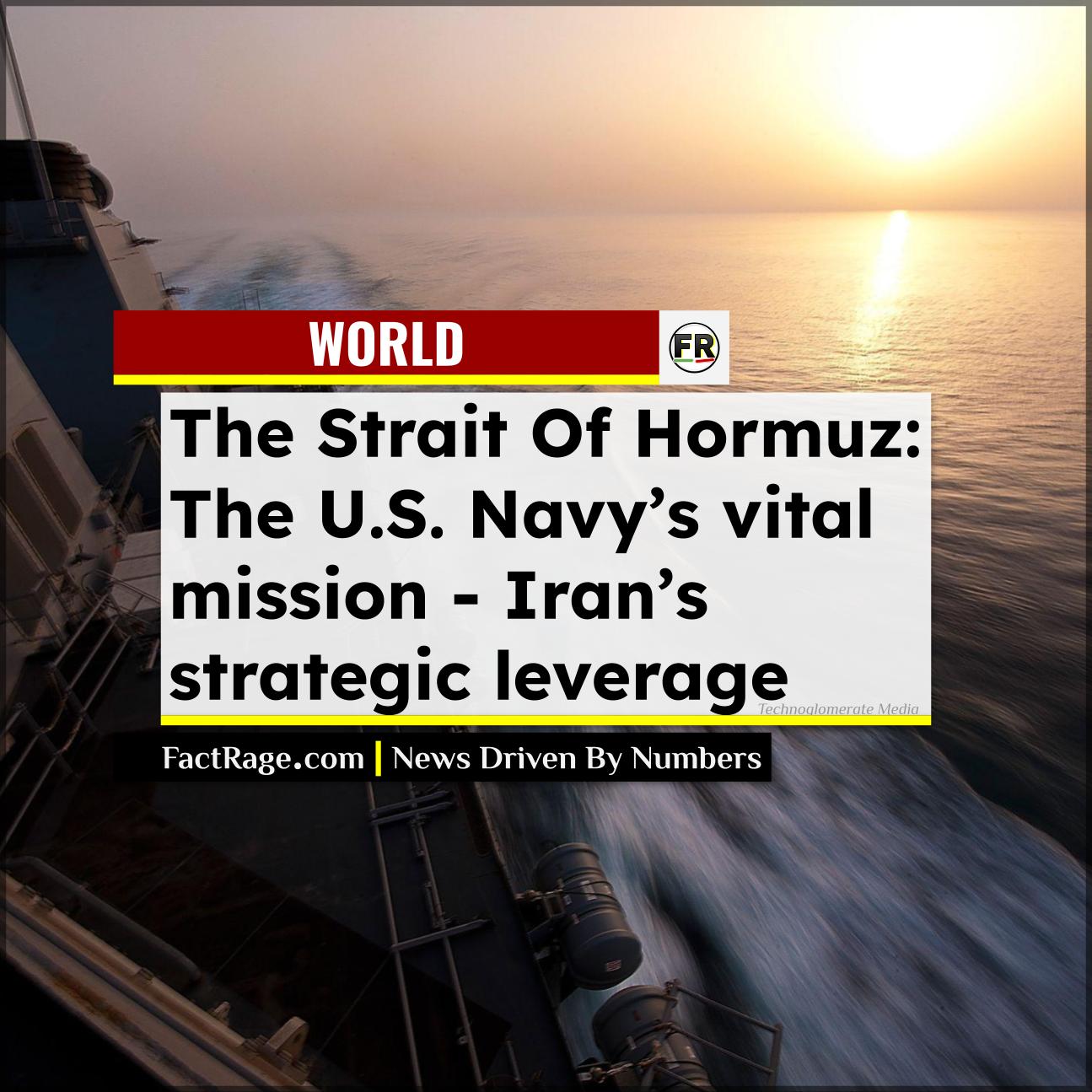WASHINGTON, DC – Following a U.S. military strike in Iran, the White House released a formal notification to Congress that uses legal justifications and phrasing nearly identical to those employed by the Biden administration for military actions in 2024, revealing a consistent, bipartisan framework for asserting presidential war-making authority.
- Identical Authority – Both the Trump and Biden administrations cited the president’s power as “Commander in Chief and Chief Executive” and the authority “to conduct United States foreign relations” as the constitutional basis for their respective military actions.
- War Powers Language – The memos sent to Congress by both presidents use the same carefully selected language, stating the report is provided to keep Congress informed “consistent with the War Powers Resolution,” a phrase that acknowledges the act without necessarily conceding to its limitations.
- Divergent Justifications – The primary distinction in the legal reasoning is that President Trump’s memo cites the “collective self-defense of our ally, Israel,” while President Biden’s memo cites the “United States’ inherent right of self-defense.”
These formal letters, known as Presidential Memoranda, offer a rare, side-by-side look at how the executive branch, regardless of the party in power, interprets and applies its constitutional authority to use military force abroad without prior congressional approval.
How Do Presidents Justify Military Action to Congress?
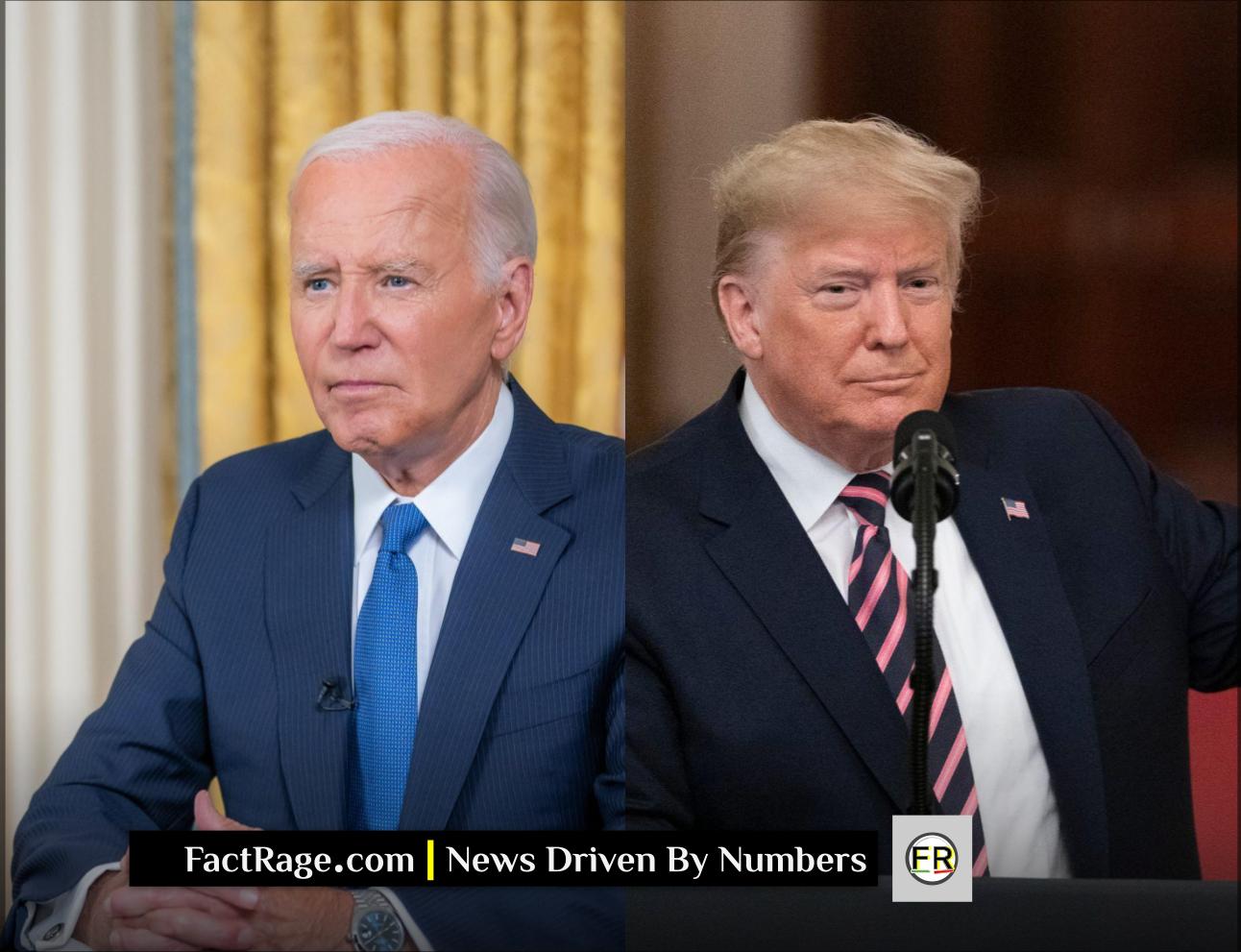
When a president orders a military strike, the action is often followed by a carefully worded letter to the Speaker of the House and the President Pro Tempore of the Senate. A comparison of the memo from President Trump on the June 21 Iran strike and one from President Biden on a February 24, 2024, strike in Yemen shows that the core legal foundation is nearly a carbon copy.
Both memos state: “I directed this military action… pursuant to my constitutional authority as Commander in Chief and Chief Executive and to conduct United States foreign relations.” This specific phrasing is the cornerstone of the executive branch’s assertion of its power to act swiftly and unilaterally in what it defines as the nation’s interest. Further, both letters conclude by noting the report is provided “consistent with the War Powers Resolution,” the 1973 law intended to check a president’s power to commit the U.S. to an armed conflict. The use of “consistent with” is a deliberate choice, allowing the White House to inform Congress without formally conceding that it requires congressional permission for the action.
‘Collective’ vs. ‘Inherent’ Self-Defense: Why Does the Phrasing Matter?
While much of the language is identical, a critical difference lies in the specific rationale for the strikes. President Trump’s memo states the strike on Iranian nuclear facilities was conducted in “collective self-defense of our ally, Israel.” This justification extends the concept of self-defense to include a partner nation.
In contrast, President Biden’s memo justified strikes on Houthi targets in Yemen as an exercise of the “United States’ inherent right of self-defense.” This reason was linked directly to attacks by Houthi militants on U.S. military forces and commercial shipping. This distinction, while subtle, is significant. Does an administration’s choice to invoke the defense of an ally, versus the direct defense of U.S. assets, change the legal or political calculus for military intervention? Legal scholars and congressional critics often debate where that line is drawn.
A Bipartisan Blueprint for Asserting Executive Authority

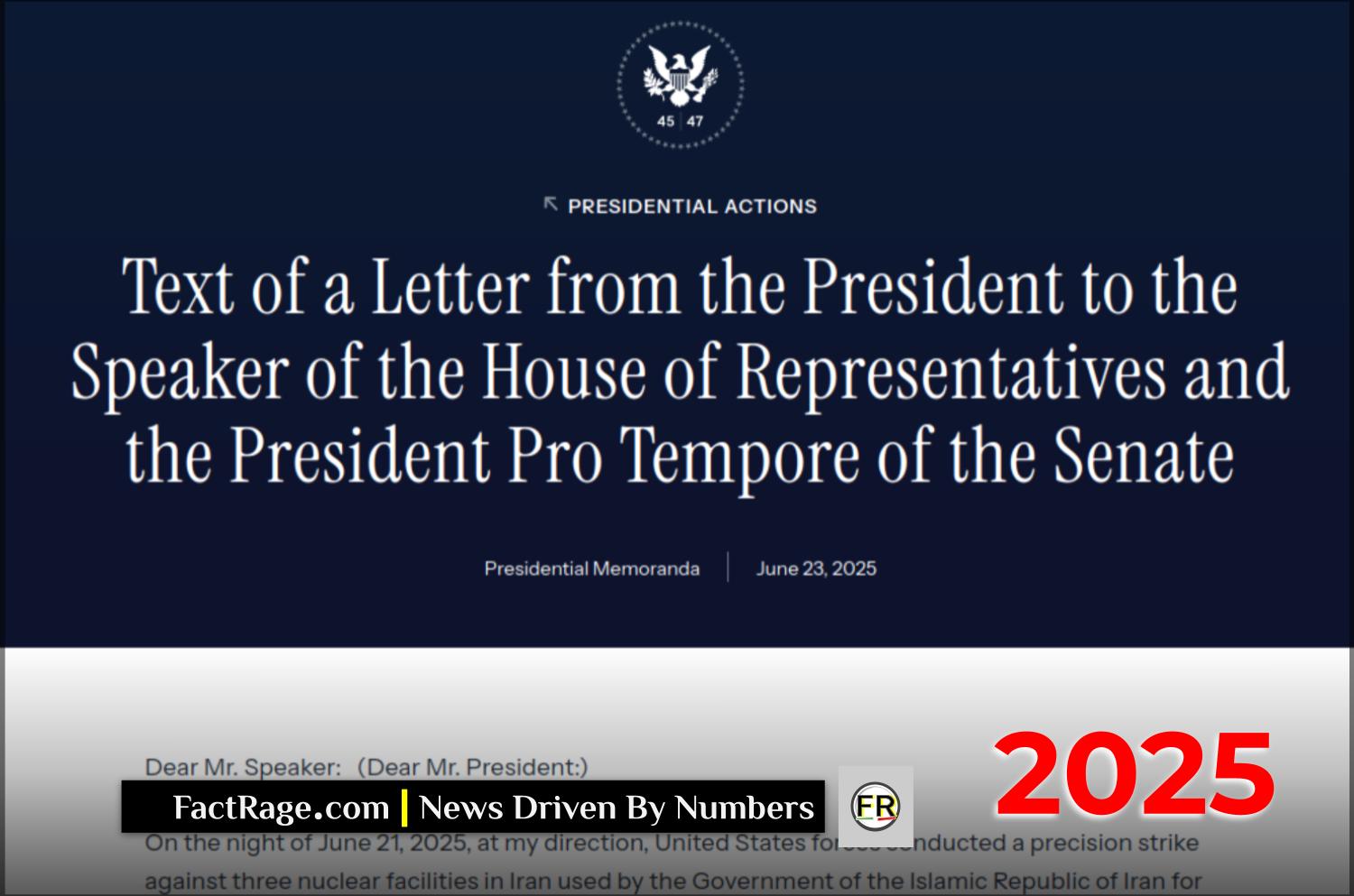
These documents highlight a long-standing pattern: presidential power, especially in foreign policy and military matters, is often built on the precedent set by previous administrations. Each memo, while addressing a unique geopolitical crisis, strengthens the executive branch’s institutional claims to authority. They are not Executive Orders, which have more stringent publication requirements, but Presidential Memoranda carry the force of law and serve as a direct communication of executive action.
The striking similarity between the memos from two different presidents from opposing parties demonstrates that the debate over war powers is less about partisan politics and more about the institutional tug-of-war between the White House and Congress—a power struggle where the language of legal justification has become a standardized tool of the presidency.
Read Both
The Trump memorandum addressed to the Speaker of the House of Representatives published yesterday is available on the White House website:
Trump Memorandum (whitehouse.gov)
Compare this to an earlier Biden memorandum, also addressed to the Speaker of the House of Representatives:

